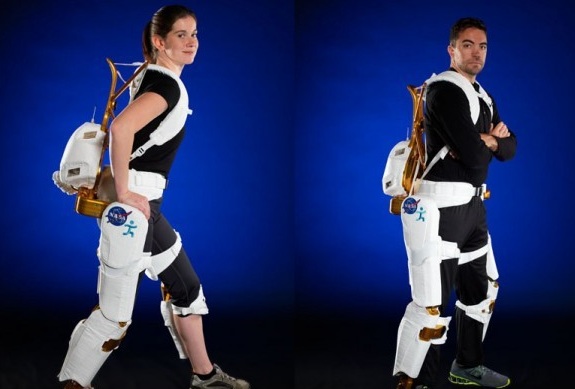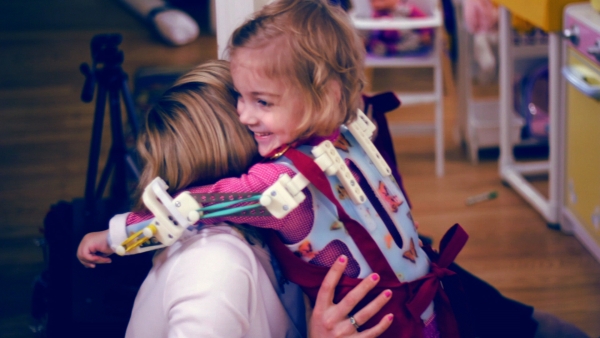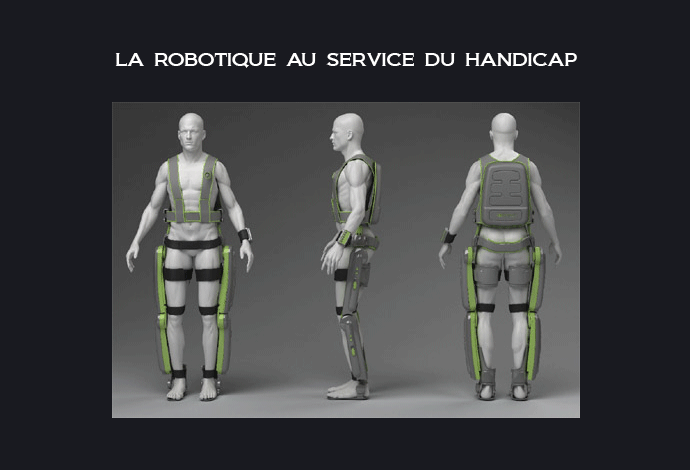NASA Developing X1 Exoskeleton To Keep Astronauts Fit In Space

NASA and the Florida Institute for Human and Machine Cognition (IHMC) with help from Oceaneering Space Systems of Houston have developed a robotic exoskeleton called X1, that can be worn by a person to either assist or inhibit movement in their legs.
Girl Who Couldn't Move Her Arms Helped By 3D Printed Exoskeleton

At the age of 2, Emma wanted to play with blocks. But this wasn't possible due to a condition called arthrogryposis, meaning she couldn't lift her arms with her own strength. Traditional hospital treatment for this was superseded by a 3D printed exoskeleton (she calls them her "magic arms"), which aids her with all her movements.
Robotic Exoskeleton 'ReWalk' Lets Paraplegics Walk Again

The future of powered human exoskeletons may well have had its fair share of coverage on the military front – the hope is such robotics will allow soldiers and military personnel to carry extra large loads - but for now exoskeleton robots are playing a vital role in healthcare. The Rewalk, developed by an Israeli engineer who himself suffers from paralysis, is one such device, an exoskeleton that is giving paraplegic patients a new-found freedom and granting a better quality of life by gifting those afflicted with paraplegia the ability to walk again.

